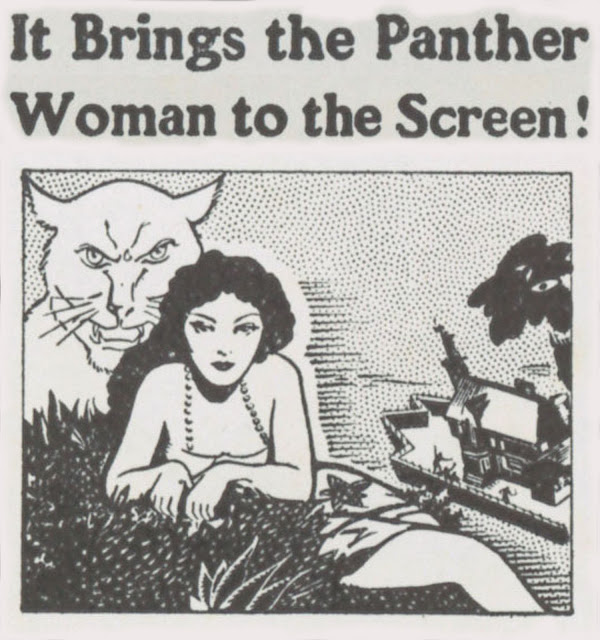skip to main |
skip to sidebar
Halloween Harvest 2011 --- Island Of Lost Souls --- Part OneIsland Of Lost Souls might as well have been London After Midnight for limited access viewers had in syndication days, being one many fans wouldn't see until VHS and laser discs brought it into homes. Rarity's reason was less station embargos (though a few locals may have been scared off by it) than Island's placement among all-or-none packaging of Paramount oldies leased by MCA with the pre-48 group's sale to television in April 1958. You could buy per picture at prices considerably upped in that event, though by the mid-sixties, broadcasters were more for transitioning out of mostly B/W fare this 700 title load contained. 1966 found ninety-six TV markets playing pre-48 Paramount in whole or part, our Channel 8 out of High Point, NC being among those blessed ...

























